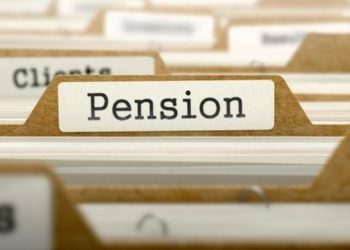Liquidation of a pension scheme in Kenya is a regulated process designed to protect member benefits and ensure orderly closure. It typically begins when a scheme sponsor or board of trustees decides to wind up the fund due to reasons such as employer insolvency, regulatory non-compliance, or voluntary restructuring. Once this decision is made, the Retirement Benefits Authority (RBA) is formally notified, and a qualified liquidator, often a licensed administrator or actuary, is appointed to oversee the process.
The liquidator prepares a winding-up proposal outlining the rationale, timelines, and methodology for distributing assets. This proposal must be approved by the RBA before any member benefits are disbursed. Following approval, the liquidator undertakes a comprehensive valuation of the scheme’s assets and liabilities. An independent audit is conducted to confirm the financial position, identify member balances, and account for any outstanding obligations.
Members are then notified of the liquidation and provided with clear information about their entitlements and available options. Each member’s benefit is calculated based on contributions, accrued interest, and the scheme’s rules. In defined contribution schemes, this process is straightforward, while defined benefit schemes may require actuarial input to determine final payouts.
Once calculations are complete, members may choose to transfer their benefits to another registered pension scheme or individual retirement account. Alternatively, they may opt for a lump-sum payout, subject to applicable tax laws and age restrictions. Any unclaimed benefits are held in trust or transferred to the Unclaimed Financial Assets Authority.
After all benefits have been disbursed and liabilities settled, the liquidator submits a final report to the RBA. The scheme is then formally deregistered, marking the end of its legal existence.
While liquidation may signal the closure of a pension scheme, it does not compromise the safety of member funds. The process is governed by strict oversight and transparency, ensuring that retirement savings remain secure, accessible, and properly accounted for. Members retain full control over how their benefits are handled, with clear options for transfer or payout under the law.
















